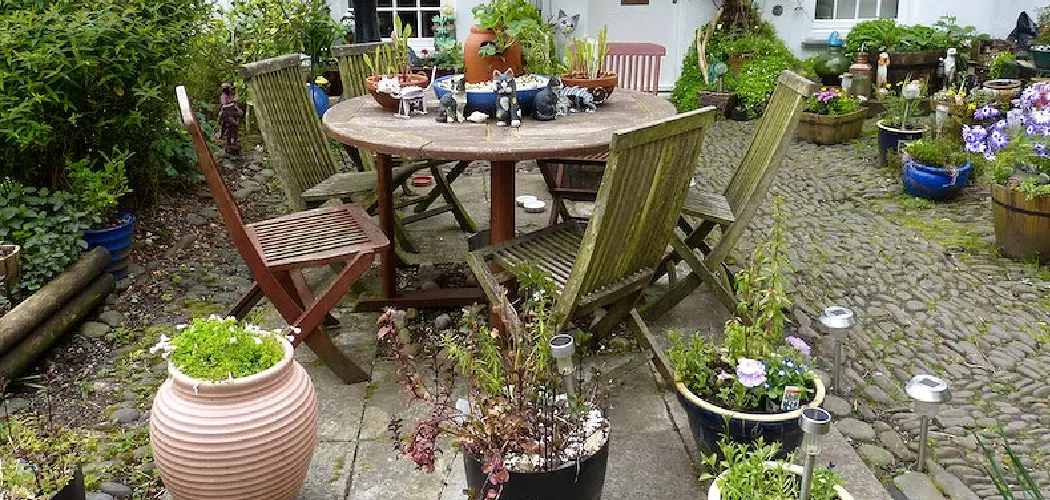Patios are a great way to add value and appeal to any outdoor space. Building a patio on uneven ground is more challenging than building one on a flat surface, but it’s still possible with some extra effort. By learning to build a patio on uneven ground, you can create a beautiful, functional outdoor living area that will last for years.
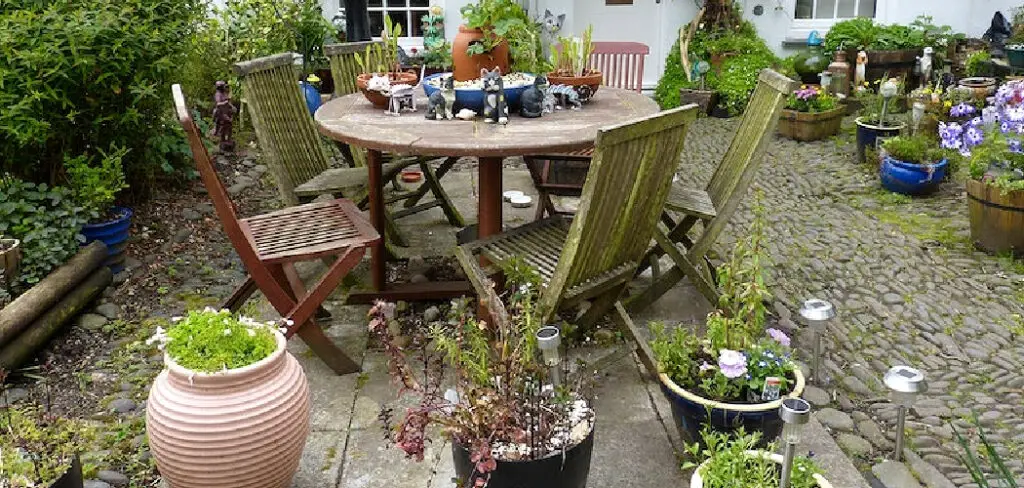
Building a patio on the uneven ground has several advantages. Firstly, it can help to create an interesting and unique outdoor area with great visual appeal. Secondly, it allows homeowners to maximize the use of their existing space by creating a flat surface rather than excavating or leveling the terrain.
Finally, building a patio on uneven ground can be less expensive than building a flat patio, as it requires less labor and materials. In this blog article, you can find step-by-step instructions on how to build a patio on uneven ground.
Materials You Will Need
- Shovel
- Level
- Pavers
- Sand or Gravel
- Masonry Adhesive
- Rocks and Boulders (Optional)
- Landscape Fabric
- Wooden stakes
- Hammer or Mallet
- Wheelbarrow
Step-by-step Instructions for How to Build a Patio on Uneven Ground
Step 1: Inspect the Area
To successfully build a patio on uneven ground, you must first take the time to inspect the area and determine the amount of slope present. Make sure that you measure the entire surface to create an even foundation for your patio.
Step 2: Level Out the Ground
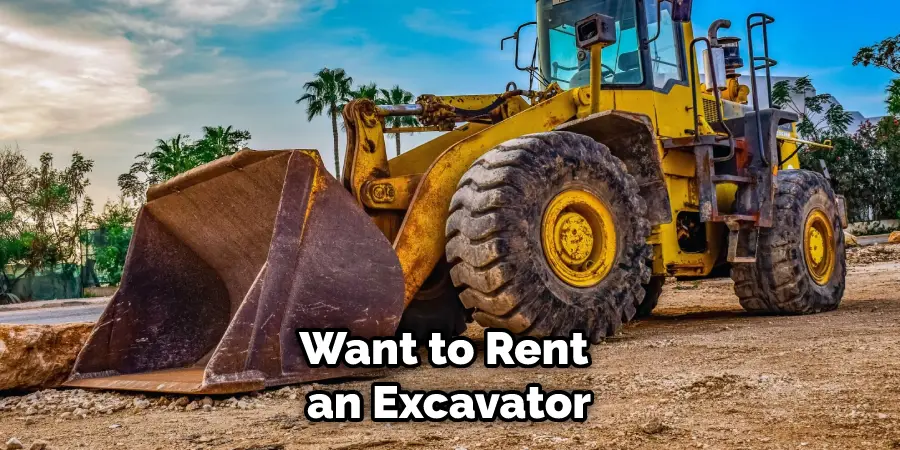
Once you have taken all the necessary measurements, it’s time to level out the ground. If you are dealing with a large area of land, then you may want to rent an excavator or hire a contractor to do the job for you. Otherwise, it is possible to use manual tools such as shovels and rakes to achieve this goal.
After you have leveled out the surface, you need to lay down a gravel base. This is important as it will provide you with a stable foundation on which to build your patio.
Step 3: Install Borders and Edging
The next step in building a patio on uneven ground is to install borders and edges around the perimeter of your patio. This will help ensure that the gravel does not wash away or shift over time. You can use bricks, pavers, or other decorative materials for this purpose. Now it’s time to create your concrete slab.
If you are dealing with a large area, then you may want to hire a concrete contractor to get the job done.
Step 4: Lay Pavers or Stones
After the concrete has cured, it’s time to lay down your pavers or stones. For these materials to stay in place, it is important that you level each one as you go and use sand between them. Once all of your pavers are in place, you need to fill in any remaining spaces with sand or gravel. This will help keep the patio even and stable over time.
Step 5: Use a Plate Compactor
To ensure that everything is firmly set in place, you should use a plate compactor to compact the sand or gravel layer you just applied. Before you can start using your patio, it’s important that you apply a sealant to the surface to protect it from the elements. This will help ensure that your patio lasts for many years to come.
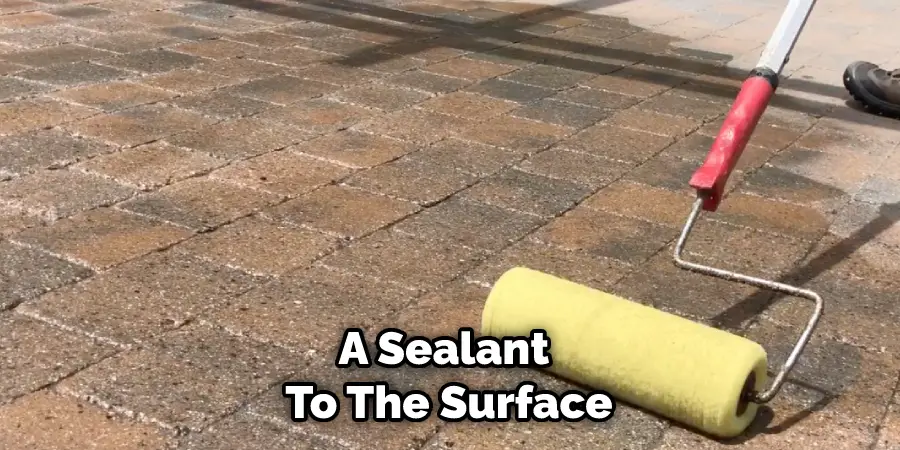
Step 6: Enjoy Your New Patio
Now you can enjoy your new patio. Make sure you take the time to maintain it regularly to keep it looking its best. With these steps, you should now have a sturdy and level patio on uneven ground that you can use for many years to come.
Tips for How to Build a Patio on Uneven Ground
- Ensure the area is safe to work in by checking for any potential hazards, such as underground wires or gas lines.
- Have a plan and take measurements of the space before beginning the project. This will help to ensure that everything fits properly and looks good when finished.
- Wear safety equipment, including gloves, goggles, and a dust mask, to protect yourself from debris or dirt.
- Use the right materials for the job, such as concrete pavers or bricks, sand, gravel, and crushed stone.
- Prepare the ground by leveling it out and filling in any low spots with filled soil or gravel.
- Arrange and secure your pavers using the appropriate adhesive.
- Cover the base with a layer of sand and add gravel for drainage.
- Finally, seal the patio to protect it from moisture damage and to make cleaning easier.
Following these tips should ensure that you have a safe, attractive, and durable patio in no time. Building a patio on uneven ground can be a successful and enjoyable project with proper planning and preparation.
How Can You Maintain the Integrity of Your Patio on an Uneven Ground Over Time?
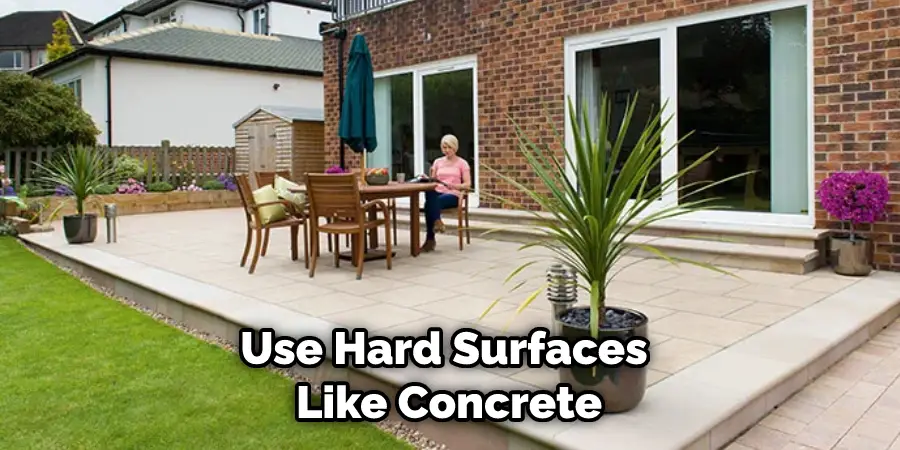
- Use hard surfaces like brick, concrete, or pavers to build your patio on uneven ground. Avoid softer surfaces like wood, gravel, or grass, which can easily be displaced by shifting soil and roots underneath it.
- Create a frame for the patio before laying down the hard surface material. This will help you ensure the patio is level and secure.
- Make sure to use a good quality mortar mix for your hard surface material. This will help keep it secured to the ground and protect it from weather elements such as rain and snow.
- Inspect your patio every few months. Identify any signs of damage or shifting surfaces and address them quickly.
- Consider adding a layer of sealant to your patio every couple of years. This will help protect it from the elements and make cleaning easier.
- Place furniture on your patio carefully, as any heavy pieces can potentially cause the ground underneath to shift or sink in over time.
- Trim any overgrown bushes or trees that are close to the patio, as their roots can cause damage by lifting up your hard surface material.
Following these steps will help you maintain the integrity of your patio on an uneven ground and keep it looking great for years to come.
How Do You Protect Your Patio From Erosion or Shifting Due to Inconsistent Ground Levels?
When building a patio on uneven ground, it is important to take steps to protect it from any potential erosion or shifting due to inconsistencies in the ground level. These steps include laying down high-quality gravel, using interlocking paving stones, and installing edging. Gravel will help create a stable base for your patio and reduce the chance of erosion.
Make sure to choose a gravel that is high-quality and well-compacted, as this will ensure it stays put even in uneven terrain.
Interlocking paving stones are another great way to ensure your patio remains level and secure. These stones fit together firmly and create a unified surface on which to build your patio. Finally, you should install edging around the perimeter of your patio to help protect it from shifting or erosion.
This can be accomplished using heavy-duty plastic or metal edging that is secured into the ground. Edging helps maintain a barrier between the patio and the surrounding terrain and prevents any dirt or other materials from entering the patio.
How Long Will It Take Me to Build a Patio on an Uneven Surface?
The amount of time it takes to build a patio on an uneven surface will depend largely on the job’s complexity and how much preparation is required. If you are simply leveling out a small area, this may take just a few hours.
However, if preparing an entire backyard with multiple levels, ramps and stairs can take several days or even weeks.
Before starting any construction, it is important to assess the size of the project, determine what materials are needed and create a plan of action to ensure the job is completed correctly and efficiently.
Once you have all the necessary supplies, preparation can begin, including excavating any uneven areas, laying out gravel or sand as a base, and installing the patio pavers.
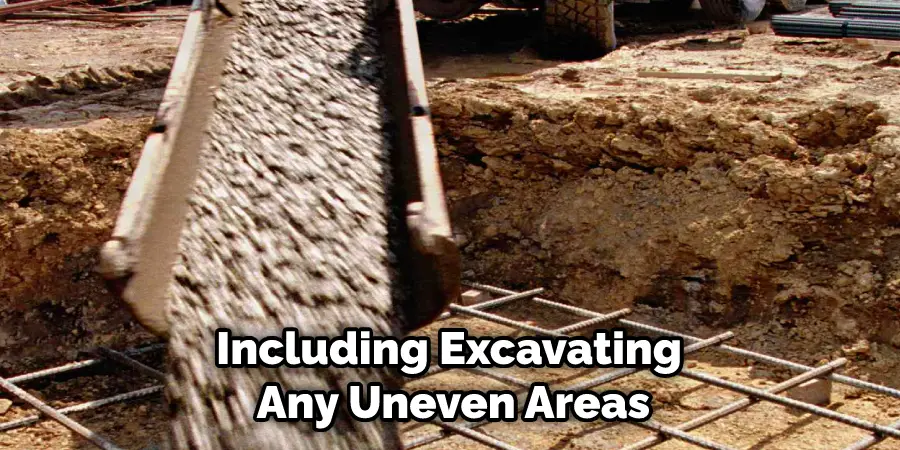
Conclusion
In conclusion, building a patio on uneven ground is definitely possible! It takes some extra work and attention to detail, but the end result will be worth it. With the right preparation and planning, anyone can create a beautiful patio that will last for years to come.
Take into account the size of the project, any soil issues that may need to be addressed, and the materials that you would like to use. I hope reading this post has helped you learn how to build a patio on uneven ground. Make sure the safety precautions are carried out in the order listed.

